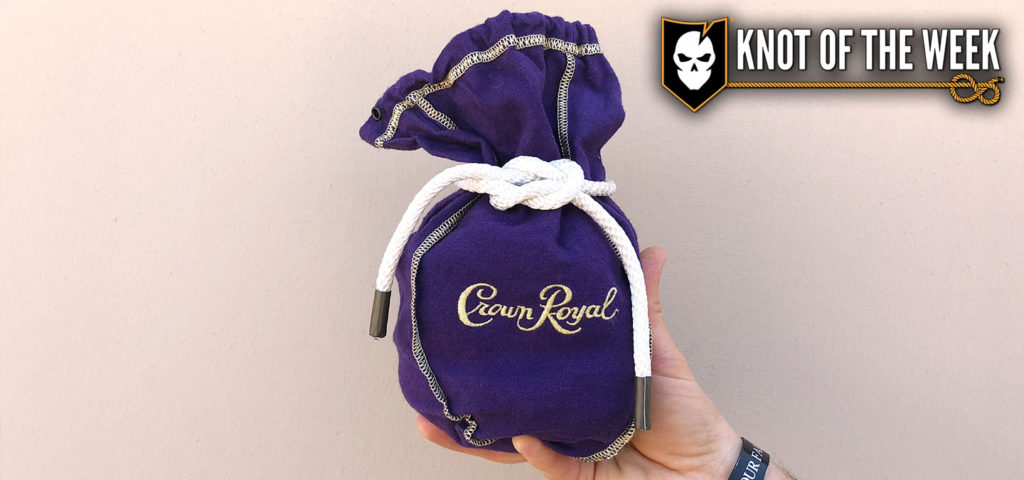Continuing our DIY Knot Board Display, this week Bryan demonstrates tying both the Square Knot and the Thief’s Knot. The Thief’s Knot is can be used as a tamper evident device for bags or sacks.
In addition to showcasing the methods of tying these knots, Bryan offers a look at the smaller versions that will be added to our DIY Knot Board Display.
Square Knot and Thief’s Knot » Hitches
(Strength: 2/Security: 1/Stability: 1/Difficulty: 2) See below for what these ratings mean.
The Square Knot, or the Reef Knot as it’s sometimes referred to, is probably the best known knot. It’s primarily used to join two lines of similar thickness, however, it’s NOT reliable for ropes of different thicknesses. The Square Knot can slip if not under tension, so always back it up. Never use the Square Knot in a critical situation where lives are at risk!
“There have probably been more lives lost as a result of using a square knot as a bend (tying two ropes together) than from the failure of any other half dozen knots combined.” ~ Clifford Ashley, 258 Ashley Book of Knots
Uses
- Used in first aid to tie bandages, as it lies flat
- One of the most common knots in surgery
- Used in demolition charges to splice det cord
- Tie boot laces to prevent boots getting pulled off by mud
Ratings
Strength/Security/Stability/Difficulty
Each knot will be assigned a rating from 1-5 (1 representing the lowest score) based on the following four properties:
Strength – All knots will weaken the strength of a rope, however, there are knots that are stronger than others. The scale here will reflect how strong the rope remains with the specified knot.
Security – The security scale refers to how well the knot will stay tied, and resist coming loose under a normal load.
Stability – Stability refers to how easily the knot will come untied under an abnormal load (i.e. the knot being pulled in a direction it was not intended to) A lower score here represents instability.
Difficulty – The lower the number, the easier a knot is to tie.

